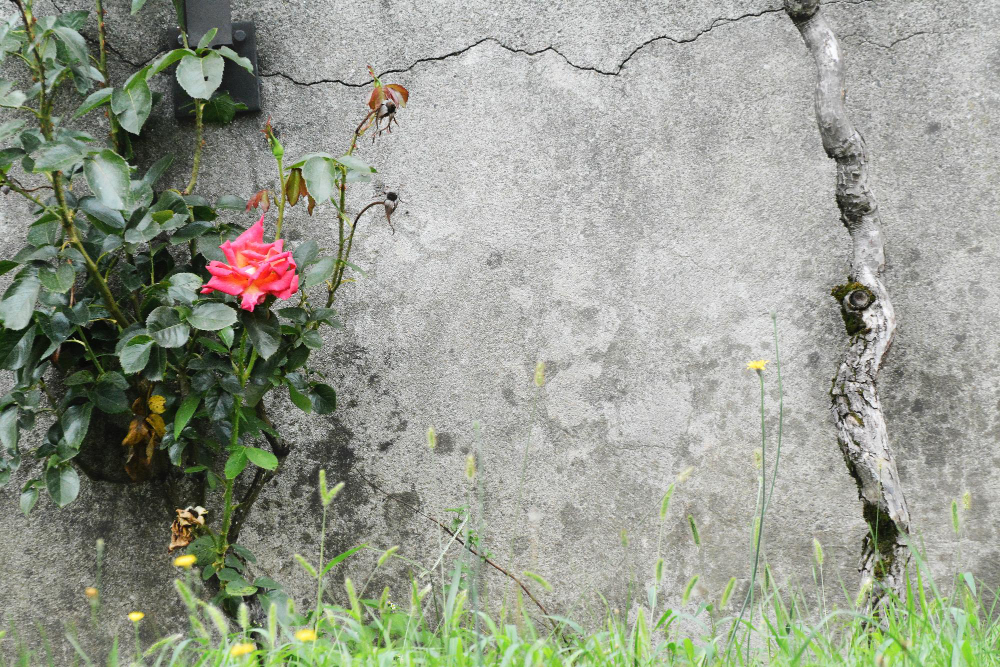Best Practices for Concrete Protection and Repair

Concrete is a fundamental material in construction, prized for its strength and durability. However, despite its robustness, concrete can suffer from wear and tear over time due to environmental factors, mechanical stress, and chemical exposure. Implementing best practices for concrete protection and repair can significantly extend the lifespan of structures and maintain their integrity. Here are some key strategies to ensure your concrete remains in top condition.
1. Regular Inspections and Maintenance
Routine inspections are crucial for identifying early signs of damage in concrete structures. Look for cracks, spalling, discoloration, and other signs of deterioration. Regular maintenance can prevent minor issues from escalating into major problems. Schedule inspections at least annually and after any significant weather events or earthquakes.
2. Use High-Quality Materials
When it comes to concrete protection and repair, the quality of the materials used is paramount. High-quality products, such as those from Fosroc, offer superior performance and durability. Fosroc’s range of protective coatings, sealants, and repair mortars are designed to withstand harsh conditions and provide long-lasting protection.
3. Protective Coatings
Applying protective coatings is one of the most effective ways to safeguard concrete against environmental damage. Coatings act as a barrier, protecting the concrete from moisture, chemicals, and abrasion. Epoxy and polyurethane coatings are particularly effective, providing excellent adhesion and durability. Ensure that the surface is properly prepared before applying any coating to achieve the best results.
4. Seal Joints and Cracks
Sealing joints and cracks in concrete structures prevents water infiltration and further damage. Use high-quality sealants from reputable brands like Fosroc to ensure effective sealing. Sealants should be flexible enough to accommodate movement and expansion but robust enough to withstand environmental exposure.
5. Cathodic Protection
Cathodic protection is a technique used to control the corrosion of metal reinforcements in concrete. This method involves placing sacrificial anodes or using impressed current systems to prevent the steel from corroding. While it is more commonly used in large infrastructure projects, cathodic protection can be a valuable tool in extending the life of reinforced concrete structures.
6. Use of Repair Mortars
For repairing damaged concrete, selecting the right repair mortar is crucial. Repair mortars should be compatible with the existing concrete in terms of composition and properties. Fosroc offers a variety of repair mortars designed for different types of concrete repair, from minor surface repairs to structural rehabilitation. These mortars provide excellent adhesion, strength, and durability, ensuring long-lasting repairs.
7. Moisture Control
Controlling moisture is essential to prevent concrete deterioration. Ensure that drainage systems are functioning correctly and that water does not accumulate around the concrete structure. In areas prone to high humidity or frequent rainfall, consider using waterproofing membranes and coatings to protect the concrete from moisture infiltration.
8. Surface Preparation
Proper surface preparation is critical for any concrete protection or repair project. The surface must be clean, dry, and free of any contaminants that could affect the adhesion of coatings or repair materials. Techniques such as sandblasting, grinding, or acid etching can be used to prepare the surface. Follow the manufacturer’s recommendations for surface preparation to ensure the best results.
9. Environmental Considerations
Environmental factors such as temperature, humidity, and exposure to chemicals should be considered when planning concrete protection and repair projects. Some materials may require specific conditions for application and curing. Ensure that you follow the manufacturer’s guidelines to avoid any issues related to environmental factors.
10. Training and Expertise
Lastly, ensure that the personnel involved in concrete protection and repair are well-trained and knowledgeable about the materials and techniques being used. Proper training and expertise can significantly impact the success of a project. Consider working with professionals or attending workshops and training sessions offered by manufacturers like Fosroc to stay updated on the latest best practices and products.
Protecting and repairing concrete effectively requires a combination of regular inspections, high-quality materials, and proper techniques. By following these best practices and using reliable products from trusted brands like Fosroc, you can ensure the longevity and durability of your concrete structures. Implementing these strategies will help maintain the integrity of your projects and protect your investment for years to come.



